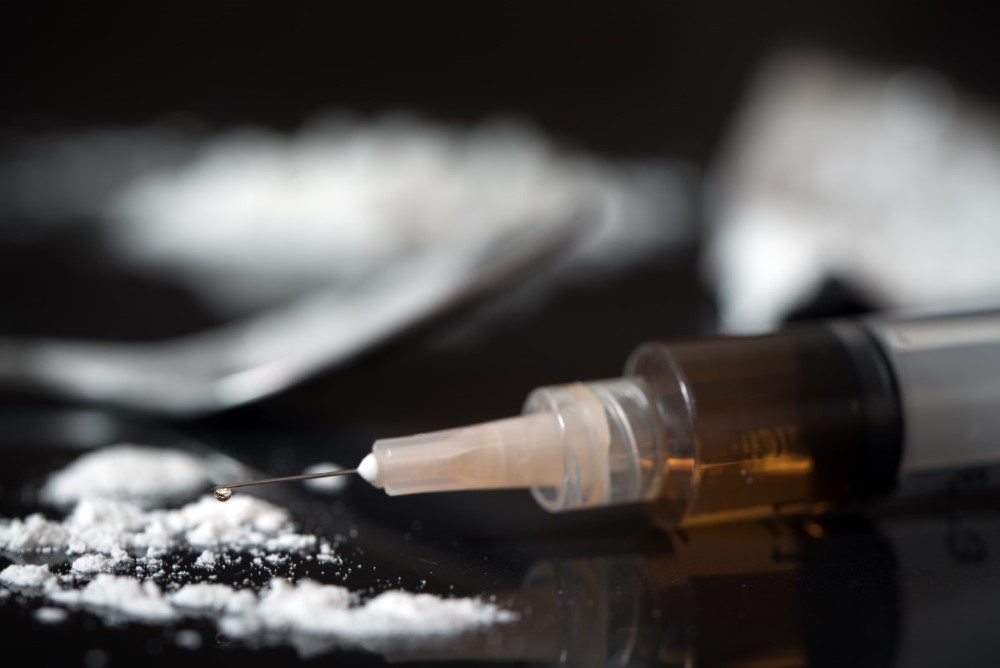Safe injection sites are anchored in the philosophy of harm reduction. According to the Substance Abuse and Mental Health Services Administration, these facilities meet drug users on their terms, potentially serving as gateways to additional health and social services. By providing a safe space for drug use, they aim to prevent needle sharing and public drug usage, thereby reducing the transmission of diseases and preventing drug-related deaths. Such sites are not just about safe drug use; they create opportunities for outreach and connection to treatment and recovery services.
The Concern of Normalizing Drug Use
Critics argue that safe injection sites may inadvertently normalize drug use. Facilities that provide a safe environment for drug use can make users comfortable in their addiction, potentially hampering efforts to steer them toward treatment. This approach could be seen as enabling rather than resolving the issue of drug dependency. The concern here is that such sites may not incentivize quitting drugs but rather make drug use safer, which could be at odds with broader drug use reduction efforts.
Potential to Reduce Drug-Related Crime
Research indicates that safe injection sites can lead to a decrease in drug-related crime. These sites are reported to reduce the likelihood of overdoses, emergency room visits, and criminal activity. By offering a controlled environment, they create a zone of stability that prevents unsafe public drug use. Notably, studies have found no increase in drug injecting, drug trafficking, or crime in the surrounding areas of these sites, challenging some of the common concerns associated with their establishment.
Risk of Deterring Help-Seeking Behavior
A significant concern is that the accessibility of drugs at these sites might deter individuals from seeking help for their addiction. Providing a space for drug use might keep users locked in

a cycle of addiction, making them less likely to pursue treatment and recovery. This situation can be particularly challenging when users suffer from concurrent disorders such as depression or anxiety, where an integrated treatment approach addressing both drug abuse and mental illness is crucial.
Preventing Overdose Deaths
One of the most compelling arguments for safe injection sites is their role in preventing overdose deaths. These monitored facilities have successfully prevented thousands of overdose deaths, with staff trained to administer life-saving measures such as naloxone. Research has shown that safe injection sites contribute to lower drug mortality rates and reduced public drug usage. This aspect is crucial in the context of addiction treatment, as recovery is impossible if the individual succumbs to an overdose.
Safe injection sites present a complex issue, balancing the need for harm reduction and public health with concerns about normalizing drug use and impacting community safety. While they offer significant benefits in reducing harm and potentially serving as a bridge to treatment, there are valid concerns about their long-term impact on individuals and communities. The debate continues, highlighting the need for a multifaceted approach to addiction and public health policy.
In the heated debate surrounding safe injection sites, understanding their community impact and intended purpose provides crucial insights. These sites enhance health and safety not only for drug users but also for surrounding community members. They are shown to reduce both public and personal health risks associated with drug use, addressing concerns over public order and safety.
The primary purpose of these sites is multifaceted: they significantly reduce overdose deaths, offer a safe and clean environment for drug consumption, and decrease the visibility of drug use on streets. Beyond just being a place for safe drug injection, these medically supervised rooms serve as gateways to broader health and social support services. They provide critical pathways for individuals to access drug treatment and rehabilitation, making them more than just a facility for safe drug use but a potential stepping stone to recovery and reintegration into society.
This integration of safe injection sites into the broader framework of health and social services aligns with the ongoing discussion about whether these sites are a solution to drug-related problems or contribute to them. By offering supervised environments, these sites aim to mitigate immediate health risks while potentially serving as initial contact points for long-term treatment and recovery support.
Key Statistics on Safe Injection Sites
Escalating Opioid Crisis
Opioid misuse is a growing crisis in the United States, with over 130 daily deaths due to opioid overdose. Among patients prescribed opioids for chronic pain, 21-29% misuse them, and 8-12% develop an opioid use disorder. Overdoses in large cities rose by 54% across 16 states between July 2016 and September 2017. This public health crisis costs the U.S. approximately $78.5 billion annually.
Needle Exchange Programs’ Success
Clinical studies of needle exchange programs have demonstrated their effectiveness in preventing hepatitis and HIV/AIDS. A study showed that 95% of homeless individuals living with HIV/AIDS were prescribed antiretroviral therapy, and 87% achieved viral suppression following such interventions. Comprehensive reviews have confirmed the substantial benefit of these programs in reducing HIV transmission.
Safe Consumption Sites’ Impact on Disease and Overdose
Safe Consumption Sites (SCS) significantly reduce the risk of disease, infection, and overdose. Studies found that these sites effectively lower the prevalence of HIV, hepatitis C, and other risky behaviors. They are increasingly popular for their success in mitigating disease and social harms associated with injectable drug use.
Reduction in HIV Transmission Risks
SCS and needle exchange programs lead to large reductions in HIV risk behaviors, such as syringe sharing. Studies in Vancouver estimated that 5-6 HIV infections and 35-55 hepatitis C infections were prevented annually per facility. Additionally, overdose mortality rates in areas around SCSs in Vancouver decreased by 35%.
Potential to Reduce Overall Drug Use
Research indicates that SCSs not only reduce the risks of drug use but also potentially decrease overall drug use rates. North America’s first medically supervised SCS was associated with reductions in overall drug use and an increase in addiction treatment and injection cessation, thereby improving long-term individual health.
If the conversation around safe injection sites resonates with you, or if you’re grappling with the challenges and debates presented, we encourage you to delve deeper into this critical issue. Your insights, questions, and personal experiences are invaluable in shaping a more informed and compassionate approach to addressing addiction and public health. We invite you to reach out through our contact page. Together, let’s explore the complexities of safe injection sites, their impacts on communities and individuals, and the potential paths forward. Your voice is crucial in navigating this delicate balance between solution and problem, harm reduction and community safety.

